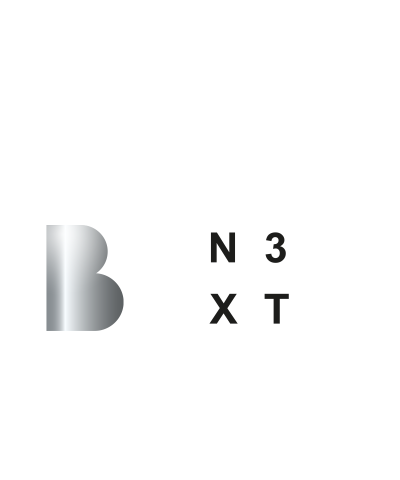

Agile transformation
Ensure that everyone in the company is motivated to change – even when roadblocks appear
To master agile transformation, companies need to ensure both a cultural change within their organization and a fundamental shift of mindset. Although companies usually communicate the new strategy to the workforce, they often fail to generate the motivation needed to overcome potential roadblocks. To address this issue, Roland Berger has developed a range of tools that ensure everyone in the organization is fully motivated and the desired changes are implemented, measured and sustained.
"Transformation must involve everyone in the organization, including the leadership. It's not something you can delegate."
Mastering agile transformation
Many organizations start out on their agile journey full of energy and enthusiasm. But they find the path to achieving true transformation blocked by internal hurdles, such as resistance or a lack of motivation in parts of the organization. To make things worse, they find themselves plagued by uncoordinated or conflicting initiatives and difficulties scaling the change to the entire company. To help players beat these challenges, Roland Berger N3XT has developed a comprehensive approach to the delivery of organization-wide agility based on the latest research in psychology and neuroscience. Structured around the different phases of "agile", the solutions offered by our expert consulting teams ensure motivation at all organizational levels, drawing on a broad set of tools to help create, implement, measure and sustain transformation.
Challenges
Companies need to ensure that their workforce can adapt quickly and flexibly to new situations, be they the result of digitization, changes in regulation, disruptive market entrants or even a pandemic. To master agile transformation, they need to ensure both a cultural change within the organization and a shift of mindset. But often they fail to define clearly the agile behaviors that they now expect from managers and rank-and-file employees. As a result, the new ways of thinking and working are only adopted by a few individual teams. Worse still, although they communicate the new strategy to the workforce, they frequently fail to generate the necessary motivation. This is particularly problematic if they fail to create sufficient mobilization among middle managers, as these individuals should act as role models for their teams.
The fact is that agile transformations must include everyone in the organization, not just the rank-and-file workers but also the entire management – including the C-suite. Crucially, the leadership must visibly exemplify the required change, desired behaviors and new mindset. Transformation cannot be delegated.
Our solution
Our consulting approach to mastering agile transformation consists of five elements:
- The starting point of the organizational change is defining – or refining – the purpose of the company. High-performing companies need a target picture of what they want to become in order to have a sense of direction and give meaning to leadership actions.
- The next step is to translate that purpose into target behaviors for leaders, middle managers and rank-and-file employees. Target agile behaviors must be as concrete and specific as possible.
- We then apply selected "interventions" from our Intervention Toolkit that are aimed at enabling behavioral changes and shifting mindsets. Our agile coaches can combine different interventions depending on the needs of the company and the readiness for change of individuals, teams and the organization to embrace agility. Interventions range from established instruments, such as cultural audits and organizational readiness assessments, to behavioral-based techniques, such as the Individual Readiness Assurance Test (iRAT), the MINDSPACE framework (created by Professor Paul Dolan) and "nudges".
- Our agile team continuously assesses the progress of the transformation and regularly measures results, so that we can change the mix as necessary. The idea behind the interventions is that they complement and reinforce each other in an iterative approach.
- We ensure that the organization has joined-up structures and end-to-end processes in place to support the target behavior. This can include incentive systems and other HR instruments, structural changes where necessary, and so on.
Interested in our services?
To find out how you can benefit from our expertise, contact our agile consulting experts Karsten Neumann or Fabian Huhle.

_person_144.png?v=1034513)
